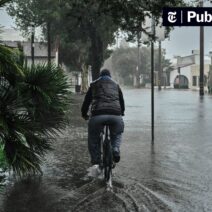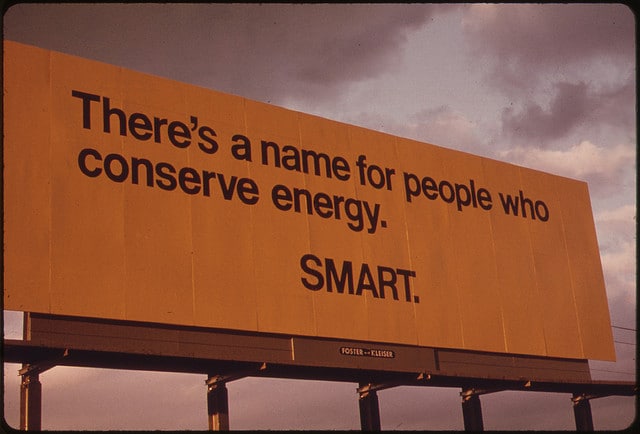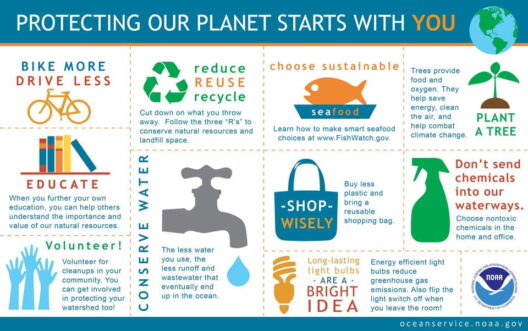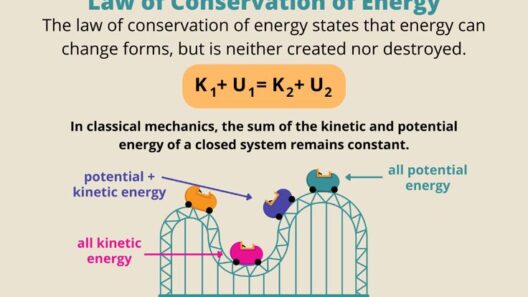Energy conservation is an essential topic that often takes center stage in discussions about environmental sustainability, cost savings, and the global response to climate change. In the United States, the question emerges: do Americans truly conserve energy? The statistics around energy usage, consumer behavior, and governmental policies may yield surprising insights that challenge popular assumptions.
The landscape of energy conservation in America is complex, with a myriad of factors contributing to how energy is consumed, regulated, and managed. First, let’s delve into the national statistics that frame the conversation. According to the U.S. Energy Information Administration (EIA), the average American household consumed approximately 877 kWh per month during recent years. While this figure may seem staggering, a closer examination of the causes and trends offers a richer narrative.
For one, energy consumption varies significantly across different states and regions. Areas with milder climates tend to consume less energy for heating and cooling, whereas states prone to extreme weather spikes see higher energy usage. For example, consumers in hotter climates, such as Texas and Arizona, may ramp up air conditioning usage during the sweltering months, skewing their energy consumption statistics upward. Conversely, states like Minnesota or Maine, which experience harsh winters, may incentivize energy-efficient home improvements, highlighting an adaptation-response mechanism spurred by environmental necessity. This regional disparity reflects an essential truth: energy conservation is often reliant on geographical context.
Moreover, shifts in consumer behavior have also played a significant role in energy conservation efforts. The rise of energy-efficient appliances, proper insulation, and smart home technology has transformed households across the nation. Modern washing machines, refrigerators, and HVAC systems boast higher energy ratings, contributing to substantial reductions in monthly energy bills. Yet adoption rates of these technologies reveal a disparity. While urban dwellers may have accessible resources to upgrade their appliances, rural areas could lag behind due to limited availability or financial constraints. This uneven adoption affects the overall conservation statistics, resulting in a mixed picture of national energy behavior.
In educational institutions, the focus on energy conservation principles is gaining traction, especially within K-12 schools, fostering future generations’ awareness. Programs that encourage students to engage in conservation practices—such as utilizing natural lighting, recycling, and understanding energy consumption—serve to instill values that may shape adult behavior. However, this initiative is often only as effective as the resources and commitment from local authorities allow, leading to variability in implementation.
Government policies play an equally consequential role in shaping energy conservation trends. Initiatives such as tax incentives for renewable energy installations and efficiency upgrades encourage homeowners to adopt more sustainable practices. State-level mandates for energy-efficient building codes have also gained popularity, ensuring that new constructions adhere to higher ecological standards. However, nationwide variations in policy effectiveness imply that without cohesive national guidelines, significant gaps in energy conservation remain.
Despite these advancements, a report examining American attitudes towards energy conservation indicates a paradoxical relationship. Survey data often reveal that while a vast majority express a desire to conserve energy and recognize its importance, actual implementation of such strategies tends to falter when faced with convenience, cost, and availability. A considerable number of respondents admit that they have not actively changed their consumption habits, often citing the immediate satisfaction of lifestyle choices over the long-term benefits of conservation efforts.
In addition, energy conservation approaches are not without challenges. Many Americans are unaware of critical conservation strategies or lack the motivation to make changes to their daily routines. Additionally, the perception that energy costs are not high enough to warrant immediate attention leads many to disregard conservation efforts altogether. Awareness campaigns that effectively convey the potential economic benefits of reduced energy usage can help address these attitudes and inspire changes in behavior.
Moreover, societal shifts during economic downturns often show a temporary uptick in conservation. When financial constraints emerge, individuals may prioritize saving energy as a method of reducing monthly bills. Conversely, in periods of economic prosperity, energy consumption typically rises as consumers become more inclined toward a more comfortable lifestyle, often prioritizing convenience over sustainability. This cyclical trend complicates the narrative of conservation; it becomes a reactive strategy rather than a proactive lifestyle choice.
As we assess the collective landscape of energy conservation in America, the evidence suggests both promise and significant challenges. Americans may express a commitment to energy conservation, but translating those sentiments into meaningful action is an ongoing struggle. The interplay between socioeconomic status, regional characteristics, and governmental influence creates a tapestry of energy behavior that is as varied as the nation itself.
To bolster energy conservation efforts, sustained commitment from all sectors—individuals, communities, and policymakers alike—is essential. Increasing awareness, enhancing access to technology, and solidifying supportive policies can create an environment where Americans enthusiastically adopt energy conservation practices. This contributes not only to environmental responsibility but also fosters a culture of sustainability that can have lasting positive effects for future generations. Thus, while Americans possess the capability and willingness to conserve energy, bridging the gap between intention and action remains a critical frontier in achieving true energy sustainability.








